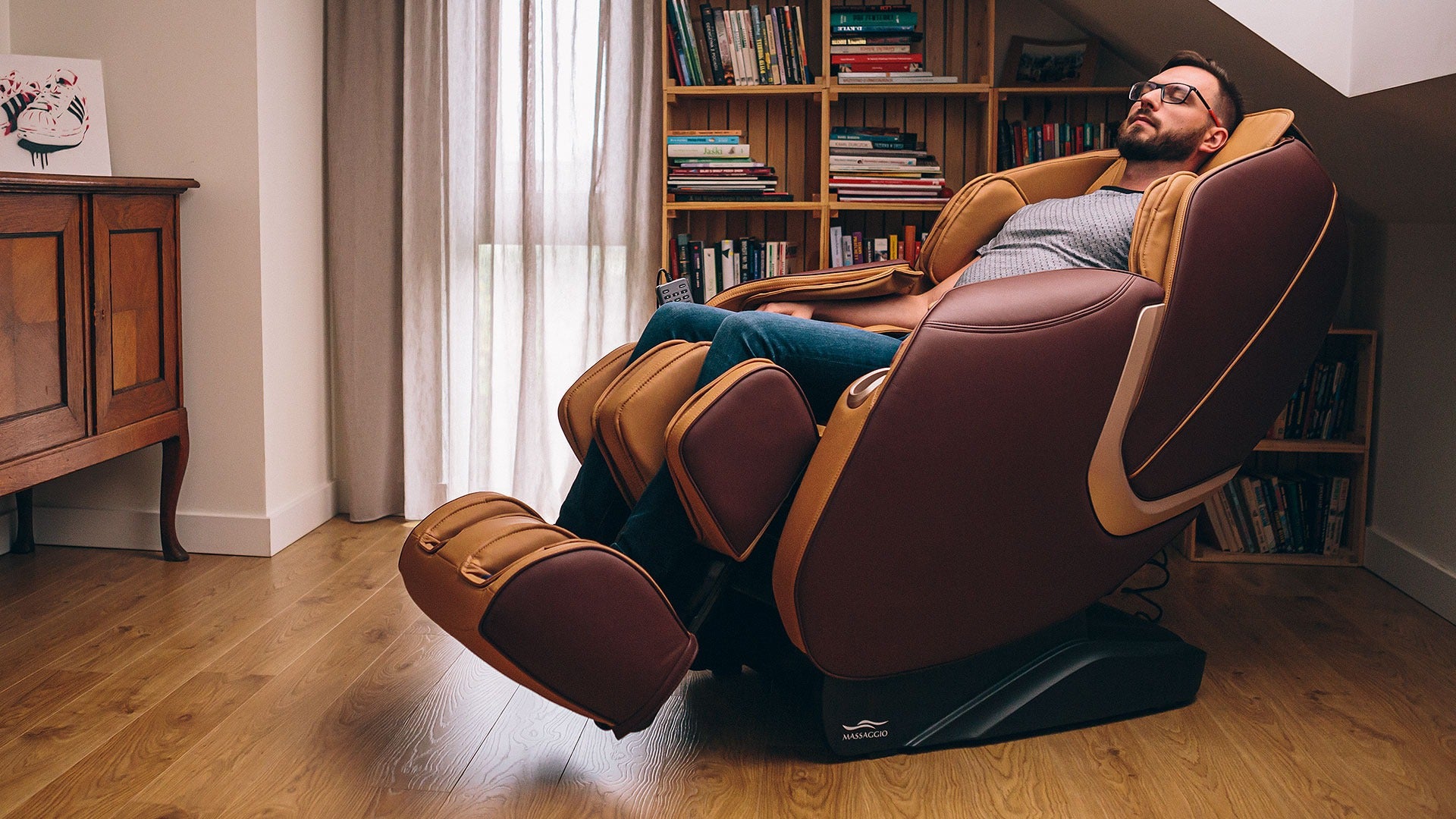The Science Behind Massage Chairs: How Do They Work?
G'day, dear readers!
If you've ever had the luxury of sitting in a massage chair after a long day on your feet, you'll know just how blissful that feeling can be. But have you ever stopped to ponder about the nifty bit of science and engineering that goes into making that chair work wonders on your tired muscles? Well, you're in for a treat because today we're diving into the magic behind these amazing contraptions. So grab a cuppa, and let's unpack the science behind massage chairs!
Mechanics: The Heart of the Operation
At its core, a massage chair is an intricate blend of rollers, motors, and gears. These components are strategically positioned to mimic the hands and techniques of a professional masseuse. The main elements include:
-
Motors: These are the backbone of any massage chair. Without them, the chair would be just that—a chair. The motors power and direct the rollers to the necessary areas of your body, ensuring you get a thorough massage from your neck down to your lower back.
-
Rollers: Acting like the hands of a masseuse, rollers move in patterns determined by the chair's structure and programming. Some chairs have rollers that move laterally and vertically, while more advanced models can also move in a circular motion or even protrude to better mimic a human touch.
-
Airbags: Found in many modern massage chairs, airbags inflate and deflate to provide a squeezing or compression sensation, much like a masseuse might use during a massage. This feature is especially useful for massaging the arms, legs, and even feet.
Techniques and Programs: From Shiatsu to Kneading
Beyond the physical mechanics, a key part of the magic is the programming that decides which massage techniques are employed:
-
Shiatsu: Mimicking this traditional Japanese massage technique, chairs apply pressure using rollers, rotating balls, or kneading motions to specific points on the body.
-
Kneading: Just as it sounds, the kneading function helps in reducing tension and tightness by lifting and stretching muscles.
-
Tapping: Rollers push in and out of the backrest, imitating a rhythmic tapping that's great for stimulating the spinal muscles and increasing local blood circulation.
-
Rolling: Beneficial for the alignment of the spine, rollers move up and down, ensuring each vertebra gets some loving attention.
Customisation: Because One Size Doesn’t Fit All
Most contemporary massage chairs come with an array of preset programs suitable for different needs, from relaxation to deep tissue. Some even have body scanning features that detect your body's unique contours to ensure the massage is tailored just for you.
Heat and Vibration: The Cherry on Top
Some chairs incorporate heat therapy, providing warmth to soothe and relax tense muscles. Vibration, often found in the seat or leg rest, offers another level of relaxation and muscle stimulation.
Wrapping It Up
So, the next time you sink into a massage chair, you'll know a bit more about the clever tech working tirelessly to give you that well-deserved relaxation. And if you're in the market for one, or just curious to try, our Aussie store has a range to suit every back and budget. Here's to understanding—and enjoying—the science of relaxation!
Cheers, Aussie Massager Store

